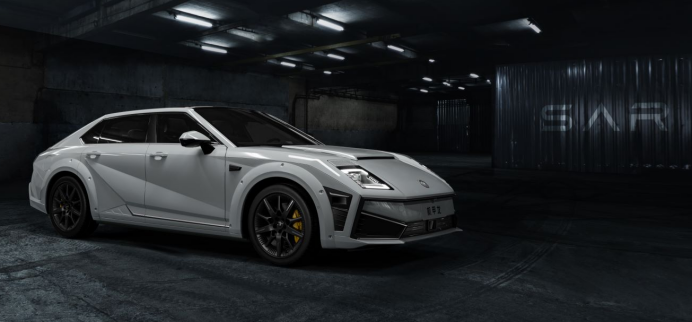Author: Zheng Senhong
The penetration of new energy continues to rise, and the pressure from new players continues to expand.
According to the “2022-2026 China New Energy Vehicle Market Trend Forecast” released by IDC, the scale of China’s new energy vehicle market is expected to reach 15.98 million vehicles by 2026, with a new car penetration rate of over 50% and a share of over 10% in the entire automobile market.
As the automobile industry is undergoing a once-in-a-century transformation, this is a great opportunity that cannot be missed, and new players are actively entering this fast-growing field through various forms of cross-border cooperation and technological empowerment, including rising new car forces, new energy sub-brands supported by traditional car companies, internet giants such as Baidu and Alibaba, and technology companies such as Huawei and Xiaomi.
Faced with such a fierce army of car makers, competition is inevitable, and how to stand out on this increasingly crowded track and produce mass phenomenon-level products has become the “soul question” for every player in the game.
“Differentiated brand positioning” is the strategy of Salon Automobile’s CEO Wen Fei.
Different from other brands, Salon Automobile, which is positioned as high-end and intelligent luxury, has displayed a unique differentiated style since its inception – “Mechatronic technology category”.
But if you still think that the word “Mechatronics” is too exaggerated to be applied to cars, Wen Fei’s explanation is that the fundamental idea of Mechatronic technology products is to provide users with “high performance” and “high intelligence”.
This is also the direction in which Salon has been quietly accumulating strength for 9 months since its debut at the Guangzhou Auto Show last year.
Smart driving team, adding “top players”?
In the era of diverse electrification, the level of intelligence has gradually become a hard indicator of the competition for vehicle products. The LIDAR, which is regarded as the “eyes of self-driving”, has gradually become a quasi-standard equipment for intelligent flagship models.
With superior perception performance, LIDAR is used for intelligent vehicles to accurately identify their own position and surrounding environment, which is an essential key link for perception in self-driving.
Previously, there was a debate about whether the “eyes of self-driving” should be LIDAR or “visionary faction” of cameras + millimeter-wave radar, or the “multi-sensor fusion faction” of cameras + LIDAR, etc. As the intelligent driving scene becomes closer to users’ daily travel, the latter camp is becoming increasingly larger.
At the same time, as the penetration rate of the intelligent automobile market representing the future direction continues to rise, the demand for LIDAR as the eyes of self-driving is also soaring with the expansion of the intelligent automobile market. A single unit is already entry-level, with two units being common and even four units becoming standard equipment.
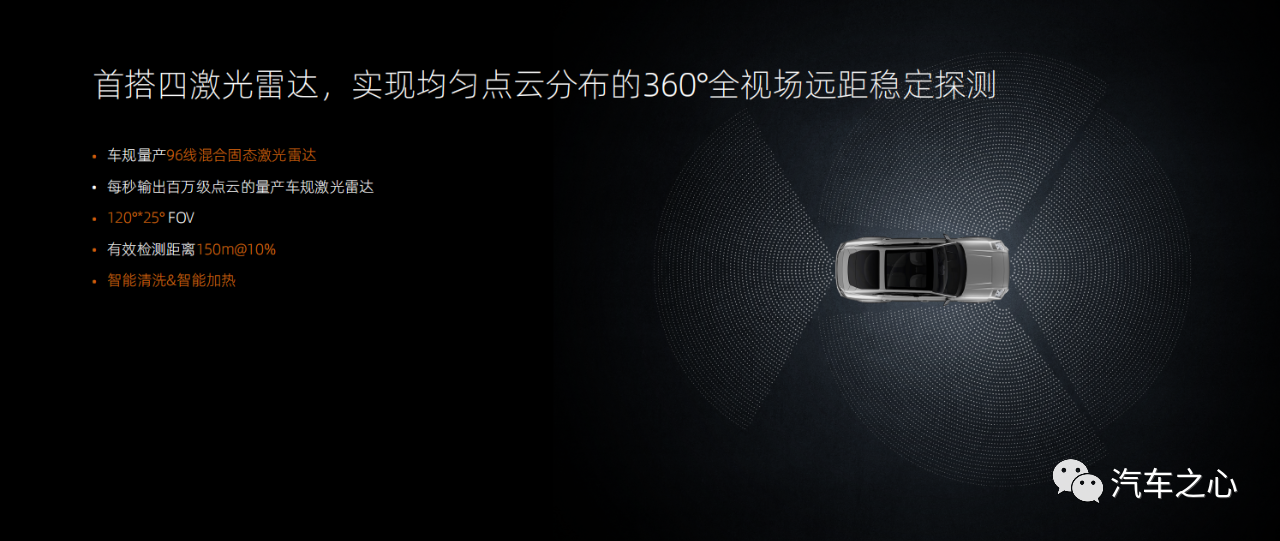 But what we are more concerned about is whether the “four laser radars” that the mech dragon is still proud of can be stronger than the cars with less than four laser radars on the market.
But what we are more concerned about is whether the “four laser radars” that the mech dragon is still proud of can be stronger than the cars with less than four laser radars on the market.
According to the plan of delivering the limited edition of the mech dragon before the Salon Year, having four laser radars means that the mech dragon is still one of the cars with the most laser radars in the industry.
Why adopt four laser radars? Yang Jifeng, the senior director of Salon Intelligent Center, believes that:
“No matter from the hardware system architecture or the strategy of a certain driving scenario, there are certain gaps from high-speed to urban scenes. The responsibility of the perception system is to provide a good enough perception ability over a longer period of time, which includes many determinate and indeterminate structures, but the future will certainly be more complex urban scenes.”
Although Salon is a latecomer, its perception ability is in line with the future needs for achieving higher-level intelligent assisted driving.
For example, rear laser radar can provide more effective perception reliability in certain scenarios, including perceiving the target object quickly cutting into the opposite rear corner at the left-turn intersection or supporting the tracking and reversing function better in the narrow road parking scene, when the physical characteristics lead to a decrease in visual ability.
“The most important thing about laser radar is to provide a complete evenly distributed perception ability, rather than allocating the ability to a certain determined scenario,” Yang Jifeng added.
Four laser radars are a symbol of “advance delivery.” The direction of Salon is to achieve 360° laser radar perception, but this is only one of the directions of the mech dragon’s 360° perception.
- 7 8-million-pixel high-definition cameras: recognizing motor vehicles, road VRUs, road/traffic elements;
- 5 millimeter-wave radars: classic 1 front + 4 corner scheme, recognizing peripheral vehicles, electric bicycles;
- 4 high-definition surround-view cameras: recognizing near-range VRUs, low-speed parking scene elements;
- 12 ultrasonic sensors: recognizing near-range obstacles, low-speed parking scene.
Behind this super intelligent perception system, the DaVinci architecture based on the Huawei dual MDC 610 computing platform plays an important role. Unlike the traditional CPUs and GPUs used in cars or just specific algorithm model specialized chips, the DaVinci architecture is essentially a domain-specific architecture chip designed to adapt to commonly used applications and algorithms in the field of autonomous driving, which can achieve more efficient computing.
Empowered by the dual platform, its AI power reaches 400 TOPS, and CPU power reaches 440K DMIPS, which can achieve the safety redundancy at the controller level and balance and optimize power consumption, performance, and area.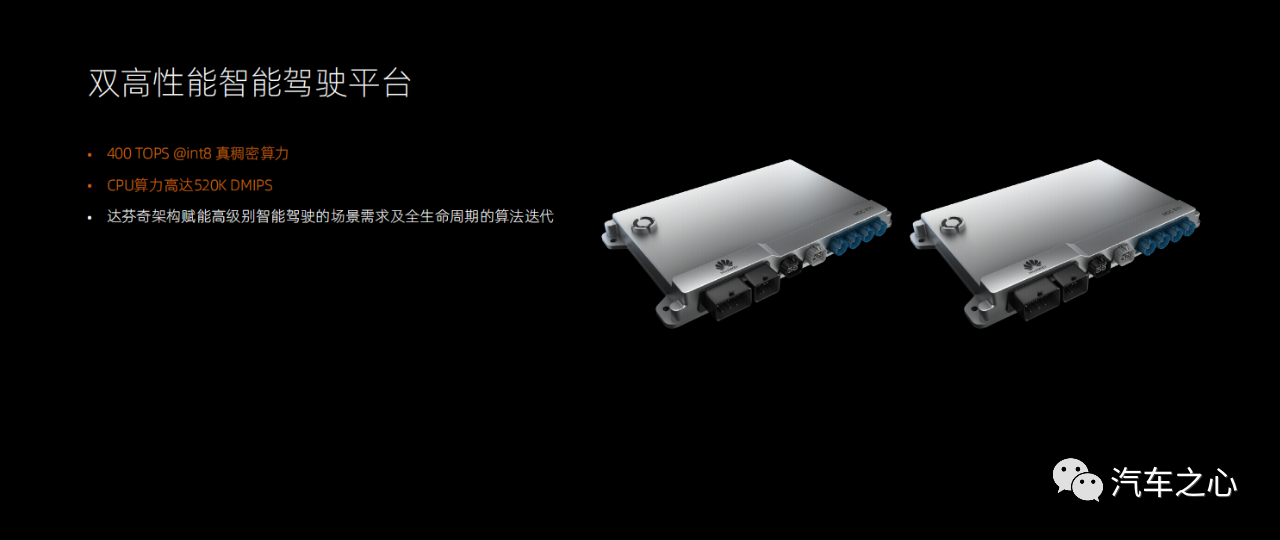
When the sensing hardware of the lidar and the intelligent driving computing platform come from the same supplier, Megvii’s Mech-Dragon can have higher decision-making efficiency and adaptability in the intelligent driving assistance field and develop intelligent driving applications for different scenarios more flexibly and quickly.
For example, Megvii’s Mech-Dragon has an end-to-end intelligent driving system that covers “high speed + city + parking + interconnectivity” scenarios, covering a variety of daily use scenarios.
Based on the better perception ability achieved by implementing full-scenario functionality, Megvii has developed a “perception homogeneity, system heterogeneity” intelligent driving solution, which includes algorithm, software, and system triple heterogeneity.
- High-level autonomous driving: Huawei dual MDC 610 computing platform + Momenta algorithm software solution
- L2-level intelligent driving system: Bosch mmWave radar scheme
- Forward safety system (AEB, FCW, LKA): IFC solution (intelligent forward-looking camera)
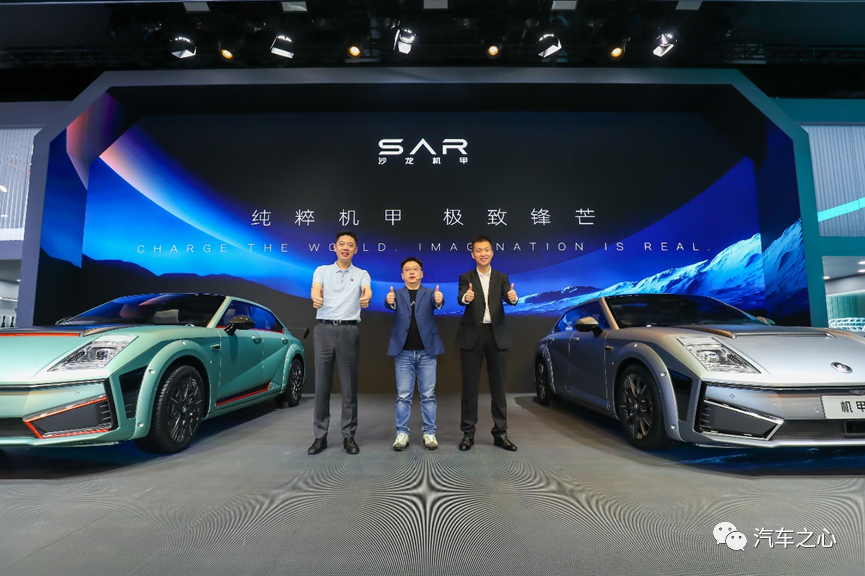
This is the industry’s first intelligent driving solution that adopts a triple heterogeneous system.
Yang Jifeng stated that the three systems are independent heterogenous systems, but the perception signal is homogeneous.
By training with perception data from different sources and applying more traditional perception feature extraction methods and rule-based path planning methods for computation, the computing platform synthesizes the results of the two methods to do “scene-based arbitration,” thus providing a better intelligent driving experience.
This system, known as the “most complex system in the world,” can avoid accidents caused by single system failure or misjudgment.
For example, in the event of a SoC failure, Mech-Dragon still has 360° visual capabilities, some lidar capabilities, complete mmWave radar, and ultrasonic radar capabilities, and the vehicle still has the ability to automatically select a safe area for parking.
For a car, the number of lidars does not necessarily indicate a higher level of intelligence, but rather finding the perfect balance between cutting-edge technology and the user’s actual experience based on the user’s needs.
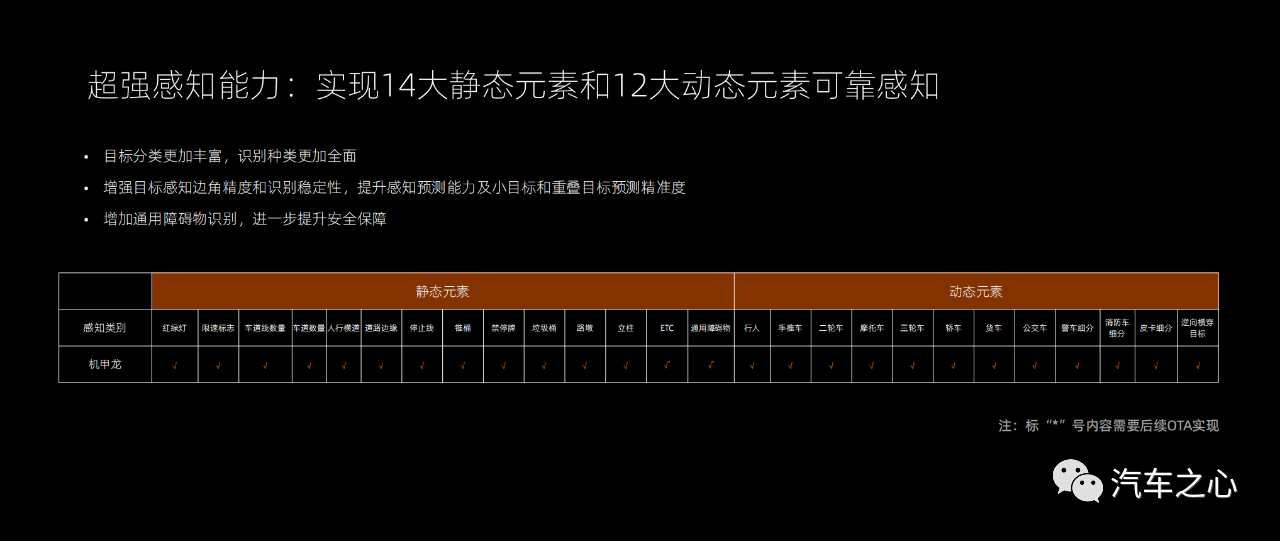
The system can recognize more than 26 types of static and dynamic elements, almost including all kinds of obstacles on the road surface. This is the foundation for Mech-Dragon to perceive driving conditions and safeguard user safety and experience more fully.
It can be seen that compared with other players who emphasize scenario-based high-level intelligent driving, Mech-Dragon focuses more on solving long tail issues and edge scenarios.In addition, compared to other players who adopt a subscription-based approach in the software aspect of assisted driving, MechDragon has chosen to use hard and software as standard.
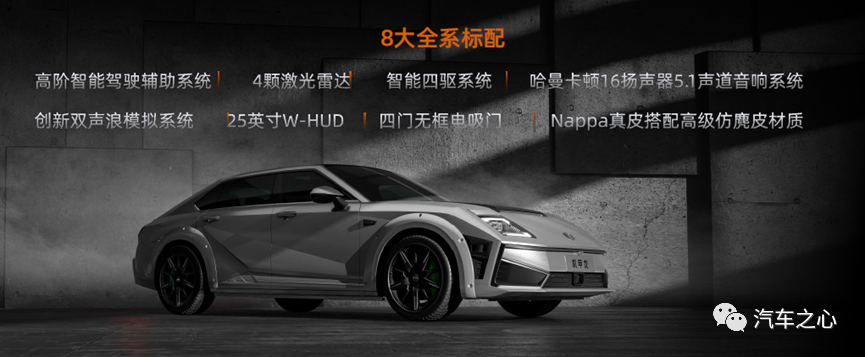
How to understand a mech with temperature?
Over the past decade, from Iron Man’s first appearance on the big screen in 2008 to the final battle of Avengers: Endgame in 2019, Tony Stark and the artificial intelligence butler “Jarvis” have gone through more than ten years.
Jarvis’s existence is like a real-life butler. Not only is he in charge of the Stark family business, but he also occasionally transforms into a loyal and considerate housekeeper to take care of Tony.
If MechDragon’s mechanical aesthetics are viewed as red battle armor, then the emotional and intelligent “ultimate interaction” of the corresponding MechDragon is the real-life version of Jarvis.
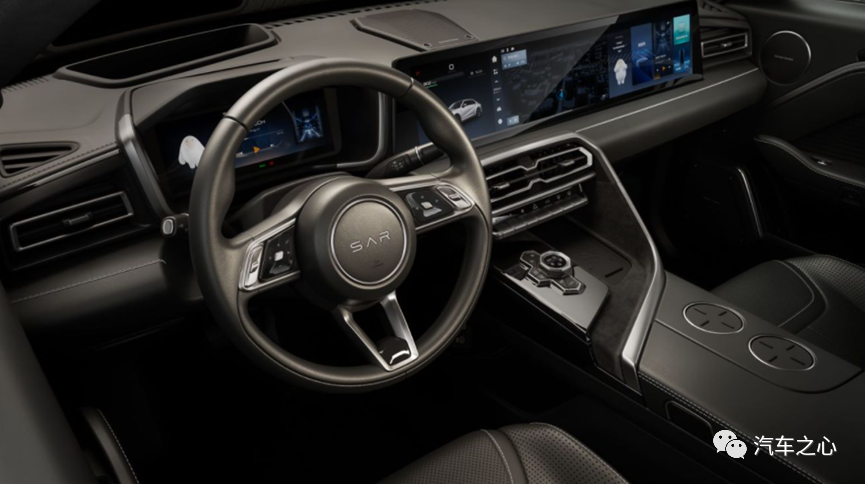
As a five-screen interactive smart cabin, MechDragon also needs to stand out in the already ubiquitous stack screen phenomenon.
The W-HUD system, which is standard and has a size of up to 25 inches, can support larger imaging areas and farther projection distances, displaying a more integrated effect.
In addition, it is the industry’s first instrument panel with interactive features, officially defined as “smart interactive screen,” which changes with different scenes. For example, in music, incoming calls, and assisted driving and other different scenarios, correspondingly, are different interactive interfaces.
Thirdly, the upgraded multi-functional steering wheel of traditional buttons has been transformed into the form of a dual Touch Bar touchscreen, which can also switch according to different scenes and user needs, bringing more innovative gameplay. For example, in game mode, the steering wheel is equivalent to a gamepad.
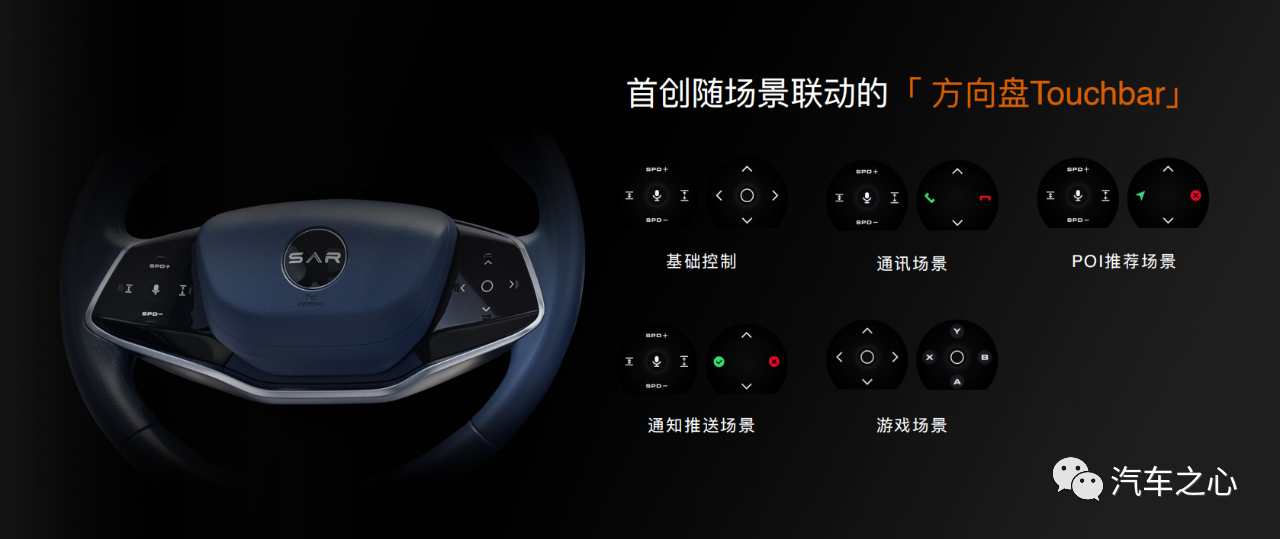
Finally, it is the 27-inch central control screen. Although the actual performance of it has not been experienced, the warm image of a white, plump and round AI assistant, “Xiao Jia,” appears on the screen. I believe that the subsequent interaction experience will also bring novel performances.
“Xiao Jia” has super-strong AI sensing ability and can provide the needs of emotions, environments, and operations according to different scenes.As for the fluency and response speed of the car’s infotainment system, the Mechdragon is also equipped with the Qualcomm Snapdragon 8155 chip, which is currently the “believer” of all mainstream car models on the market that can squeeze into the competition ranks.

In addition to this, the Mechdragon is equipped with DMS+OMS dual in-car cameras, supplemented by biometric recognition algorithms and AI learning, which can provide intelligent care and warm reminders, and link to adjust related functions.
Based on these innovative interactive features, the Mechdragon is no longer a simple one-way output of drivers operating cars, but a two-way interaction between people and cars.
From the current point of view, advanced intelligent assisted driving is difficult to achieve overnight, which also leads to the difficulty of forming differentiated intelligent assisted driving capabilities between many car models of the same price.
And car companies want to stimulate consumers’ car-purchasing needs from the perspective of intelligentization, and the intelligent cockpit has become an excellent channel.
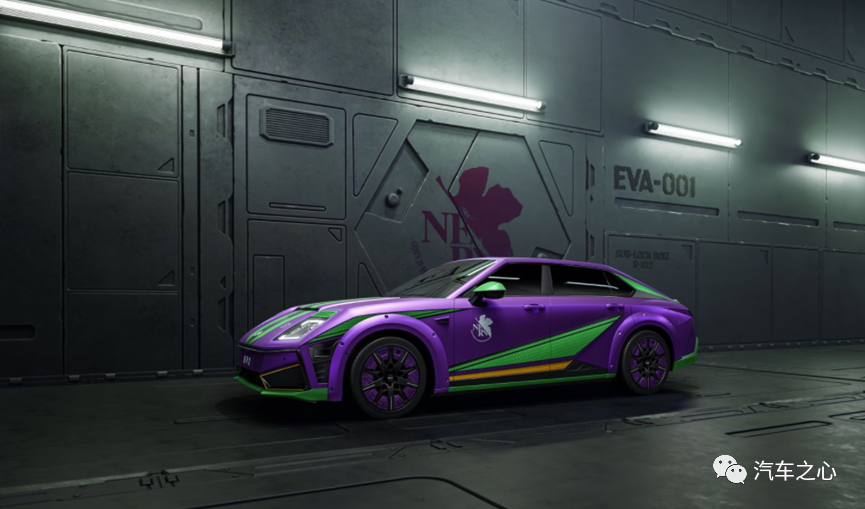
In the current trend of pursuing stacked screens in intelligent cockpits, the core concept of the Mechdragon is to focus on driving and provide a boundless experience, thereby enabling users to achieve cross-dimensional interaction with machinery.
In other words, while the appearance of the Mechdragon is tough and mechanical, its internal performance is no less than Jarvis’s “considerate care,” which is also the biggest difference compared to the cold shell of the Mechdragon nine months ago.
Innovation in categories is not an easy task
Breaking free from the conventional design, the highly personalized Mechdragon inevitably faces fierce controversies.
At this year’s Chengdu Auto Show, the Mechdragon brought an EVA limited edition collaboration with Neon Genesis Evangelion, as well as a heavily modified Heavy Armor Concept version.
In the face of growing controversy over the Mechdragon, in the current environment where electric cars are far more homogeneous than fuel cars, the Mechdragon dare to revive classic designs and dare to integrate mechanical design elements into them.
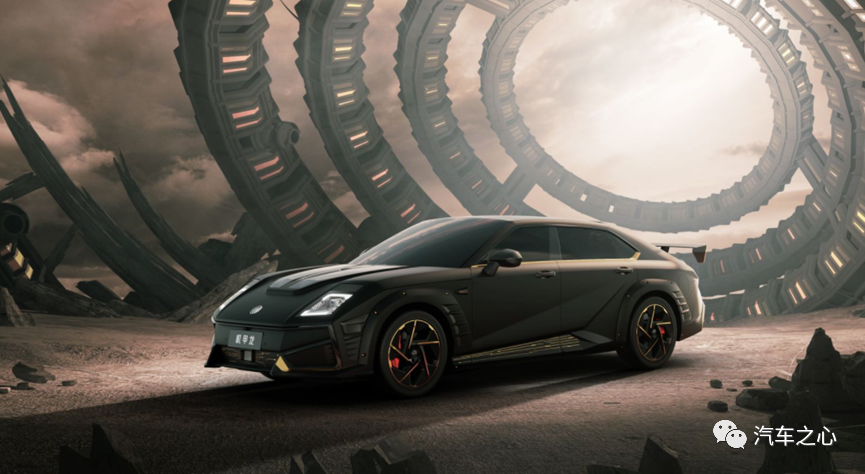
Wei Jianjun, chairman of Great Wall Motor, has repeatedly emphasized “thinking about categories and expressing through brands.”
In consumers’ perception, a brand usually only represents a certain category, and once the brand is closely linked to a certain category, it cannot be easily moved.
For example, while the Haval brand occupies the independent low-end SUV category, it also limits its pace of seeking the high-end market’s opportunities. Great Wall has to hand over more upward missions and tasks to new brands like WEY and Salon.
Innovation in categories is not an easy task, but it is obviously not the first time that the leader Fang Wenqi has faced such a difficult journey from 0 to 1.## Translation
Wen Fei has been working at Great Wall Motors for four years, and with his rich experience accumulated at Dongfeng Nissan, Volvo, and Infiniti, he has brought about tremendous changes to the entire Haval brand within two years. The popular Haval models such as Big Dog and First Love were created by Wen Fei.
Regarding the unconventional salon car industry, Wen Fei believes that rather than obtaining a 10% market share in a market with a capacity of 90%, it is better to take 90% of the market share in a niche market with a capacity of 10%.
In the current domestic new energy market, the market with a price range of 100,000 RMB already has the Ora, which targets the “she economy”, while the market with a price range of 100,000 to 300,000 RMB, whether it is sedans or SUVs, hybrid or pure electric, is the most competitive market. Therefore, Salon needs to move up.
On the other hand, in the high-end racing field, the leading new forces, including WmAuto and Xiao Li, have already established unique brand positioning. As a new participant, Salon also needs a distinctive brand positioning and stylish product to stand out.
Choosing the futuristic mechanical dragon style, coupled with a positioning of over 400,000 RMB, Salon aims to create a product with high intelligence and high performance, which is Wen Fei’s differentiation answer.
Facing the competition from the mechanical dragons, Salon once viewed NIO ET7, IM L7, Porsche Taycan, and Mercedes EQS, among other high-end pure electric cars, as benchmark models.
In essence, these models only have partial parameters in common with the mechanical dragon. Although there may be some user target overlapping, the first step for Mechanical Dragon is how to make consumers “communicate emotionally” with it.
As for the user profile of Salon, Wen Fei summed it up as “80s, 90s, and tech, investment, and cultural circles,” which obviously accounts for the 10% market.
In this extremely niche market, Salon’s ambition is to achieve profitability, surpass 100,000 in sales, exceed 1 billion RMB in revenue, and reach global sales of 200,000 units by 2025.
Apart from its products, Salon also has unique insights into the development and planning of channels. For example, currently, WmAuto has 300-400 directly operated stores nationwide, which is clearly impossible for Salon to compete with, unless their construction speed is several times faster. However, high-quality business district resources are very scarce, so it is not easy to establish stores at a faster rate.
Wen Fei stated that due to Salon’s unique brand positioning and relatively high concentration of target customers, the cities of Beijing, Shanghai, Guangzhou, Shenzhen, Chengdu, Hangzhou, and Suzhou account for 51% of the market capacity for high-end pure electric cars with a price of over 300,000 RMB, and this number increases to 64% when adding another 14 cities including Wuxi, Ningbo, Wenzhou, Foshan, Wuhan, and Chongqing.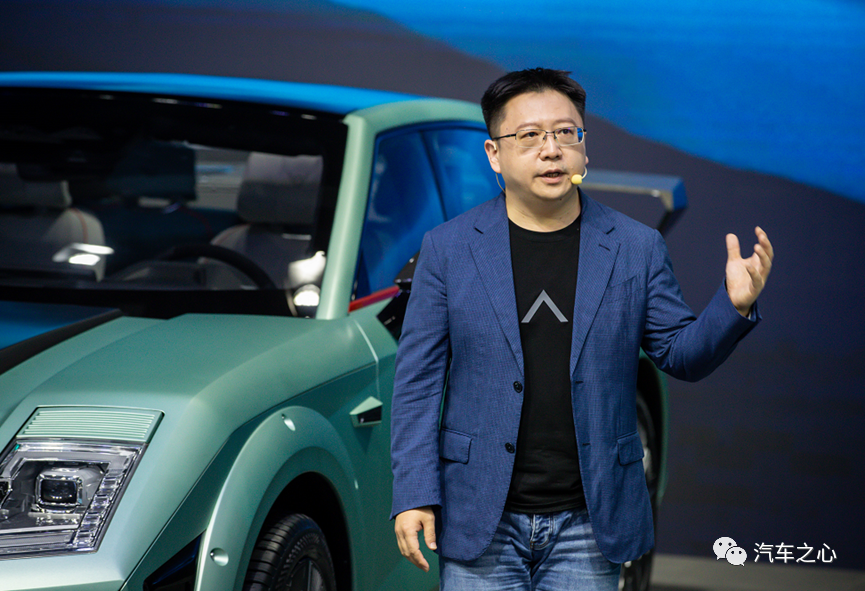
“Salon does not need to have a comprehensive war with Tesla in the whole country, but to launch a deep battle in the TOP 7 cities and TOP 14 cities where the target group is most concentrated and the high-end pure electric capacity is the highest. In this way, Salon can achieve faster channel construction and penetration in a shorter time,” added Wen Fei.
To this end, Salon plans to have more than 2 direct stores in each city by the end of this year in the above-mentioned 14 cities, and expand to 60 cities and 100 direct stores next year, and will use flexible methods such as temporary exhibition stands as supplements.
The vanguard new forces frequently set sales records and emerge as a new force; the middle force BYD and Tesla are the pillars, protecting the basic market of new energy vehicles; and the electric sub-brands supported by domestic traditional car companies come from behind.
When did the mecha style become popular?
It’s really hard to say, but whether the mecha style can become a mainstream category may depend on the performance of the Mecha Dragon after entering the market.
This article is a translation by ChatGPT of a Chinese report from 42HOW. If you have any questions about it, please email bd@42how.com.
